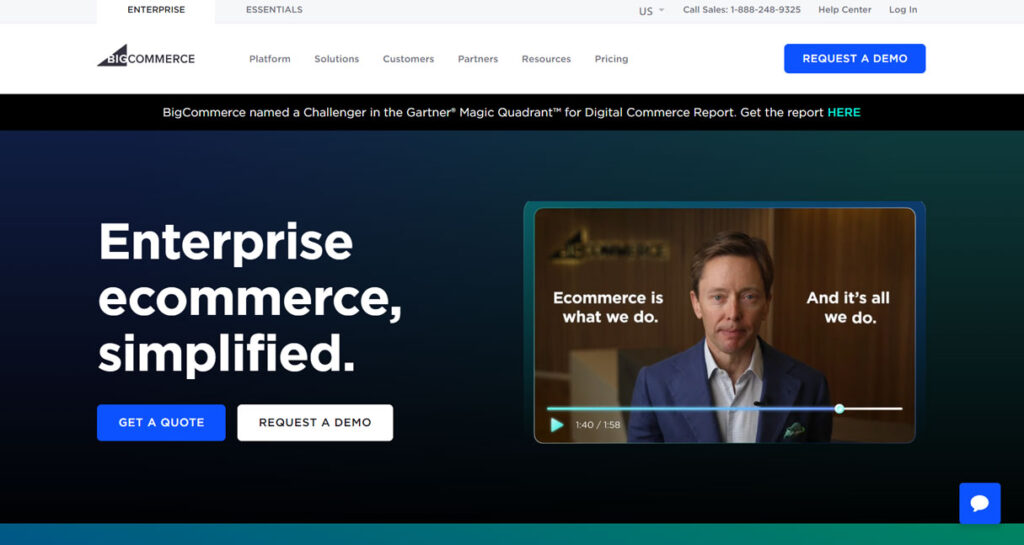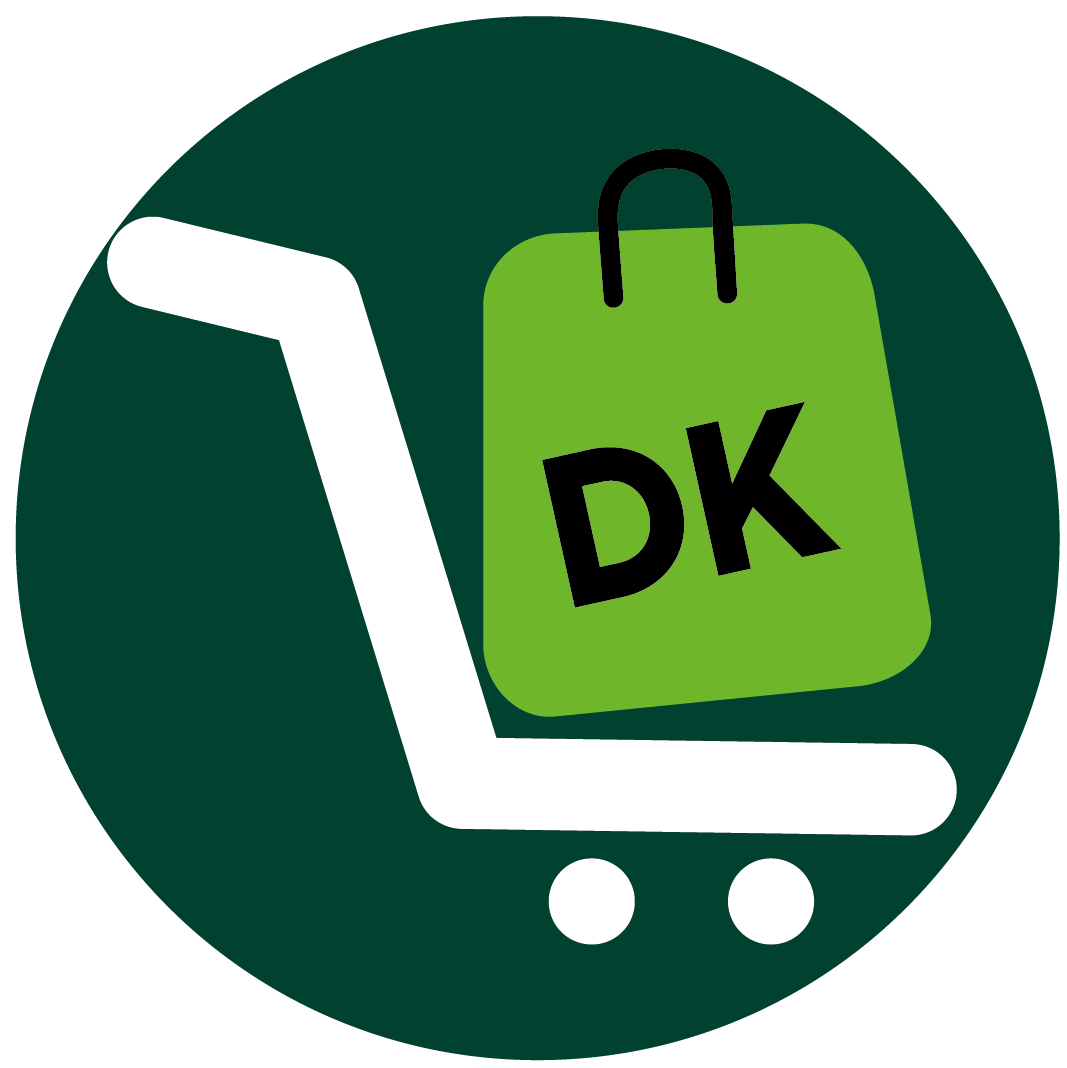Introduction
Embarking on the journey of developing a new product for your BigCommerce store is both thrilling and challenging. While you might have an idea that seems like it could be a game-changer, transforming it into a successful product launch requires careful strategizing and research.
It’s crucial not to rush into product development without delving into understanding your target audience, analyzing competitors, and creating prototypes. Failing to do so can significantly increase the risk of failure. Adhere to a structured product research process even before launching your BigCommerce store and validate your assumptions, refine your product offering, and maximize your chances of success when you’re ready to start selling.
This article leads you through a step-by-step approach to conducting comprehensive product research for your upcoming BigCommerce store. Follow these best practices and tips to ensure that you have a winning product long before it hits the shelves for sale.
SUMMARY
1. Define Your Product Research Goals and Scope
2. Understand Your Target BigCommerce Customer
3. Analyze Your Competitors and the Market Landscape
4. Test Your Product Idea with Prototypes
5. Run Usability Tests with Customers
6. Analyze Market Research and Data
7. Define Your Minimum Success Metrics
8. Consider Employing a Product Manager
Recap
1. Define Your Product Research Goals and Scope

To carry out good BigCommerce product research, define your goals. Start by defining your goals and the scope of your product research. Ask yourself:
- What specific questions do I need answers to about my product concept before I launch it?
- Which aspects of my product do I need to validate or understand better? Is it the features, pricing, demand, or something else?
- Who exactly is my target customer, and what information do I need to gather about them? Are we talking demographics, purchasing behaviors, or pain points?
- What does the competitive landscape look like? Who are my competitors offering similar products, and how do they position themselves?
Narrow down your research to a few key questions and avoid feeling overwhelmed by data and be able to move forward more strategically. Make sure to document your goals, assumptions, risks, and any knowledge gaps that you need to address. This documentation will guide the direction of your product research activities.
>>>MORE – How to Start a BigCommerce Online Store
2. Understand Your Target BigCommerce Customer
To conduct thorough BigCommerce product research, understanding your target BigCommerce customer is key to avoiding a common pitfall when developing products without a solid grasp of their market. Before diving into product features and pricing, it’s crucial to intimately know who you’re selling to.
Begin by crafting buyer personas, which entail demographic details such as age, gender, location, income level, shopping behaviors, and purchasing power. However, don’t stop there. Dive deeper into psychographics – the personality traits, values, opinions, attitudes, interests, lifestyles, and behaviors of your potential customers.
To gather psychographic data, consider leveraging tools like Google Surveys to conduct quick polls with specific screening criteria, allowing you to compile valuable insights into different customer groups.
Furthermore, document the needs, frustrations, and desired outcomes of your potential target customers. What problems can your product solve for them? Where are their unmet needs? Identifying these customer pain points early on enables you to craft effective product positioning and messaging that resonates with them.
3. Analyze Your Competitors and the Market Landscape
To perform effective product research, it’s super important to really dig deep into what your potential competitors are offering. Don’t just stop at direct competitors; also check out similar products or services that your customers might be using or considering.
When you’re looking into your competition, make sure to jot down details like what they’re offering, including features and benefits? How do they position their brand and what messages they’re sending out? Their pricing strategies and how they structure costs? How they handle customer service and their response times and their online reputation, including reviews and any complaints.
Keep an eye out for any gaps or opportunities where your product can shine or provide something different from what’s already out there. If there are a bunch of well-established businesses in the same space, figure out if there’s still room for you or how you can really stand out.
It’s also crucial to have a good grasp of the overall demand in the market. Are people actively looking for this type of product or service? Do some research into how much your product category is expected to grow in the coming years.
4. Test Your Product Idea with Prototypes
To execute exhaustive product examination, test your idea with prototypes. Hey, don’t hold off until your product is up and running on BigCommerce before you start testing your concepts and building prototypes. Making a minimum viable product (MVP) version lets you gather customer feedback early on, without needing as many resources as a full product launch.
By driving the right customers to your MVP website and prototypes, you can see if your message clicks with them and if your idea sparks their interest enough to make a purchase.
Any insights you gather during the prototyping phase will help you tweak and fine-tune details like pricing, positioning, features, and visual design before you officially launch your product on BigCommerce.
5. Run Usability Tests with Customers
To engage in meticulous product research, run a usability test. It’s like keeping your finger on the pulse of your industry. It’s not just about checking if people want your product – it’s about seeing how they actually use it. Find folks who match your BigCommerce target audience and let them play around with a prototype of your product.
Watch closely as they tackle everyday tasks. See where they breeze through, where they stumble, and where they hit a dead end. Usability testing uncovers those pain points and areas of confusion that you can smooth out as you keep developing your product.
For instance, you might ask them to sign up for an account, tweak their settings, browse products, throw items into their cart, or even complete a pretend purchase.
Keep your testing sessions short, focused, and, hey, keep the vibe conversational.
>>>PRO TIPS – Dropshipping Hair Products: How to Do It
6. Analyze Market Research and Data
To undertake in-depth product scrutinization, analyze the market. When you’re validating your product, don’t just rely on your own ideas and tests. Take advantage of both primary and secondary market research to get a fuller picture.
Explore various data sources to challenge your assumptions. Here are some valuable types of data to consider:
- Analyze industry sales and growth projections
- Determine market size broken down by customer segments
- Examine competitors’ annual reports for performance indicators
- Conduct customer surveys to reveal shopping preferences and pain points
Pay attention to recurring themes, emerging trends, and key data points. They can either confirm your product direction or highlight potential issues.
7. Define Your Minimum Success Metrics
To implement detailed BigCommerce product research, know your success metrics. Before you launch your BigCommerce product, you want to make sure you’ve got your success metrics all laid out. These are the measurements and indicators that will tell you how well your product is doing after it’s out there in the wild. What numbers do you need to hit to call it a success, and what would indicate that it’s not quite hitting the mark?
Typical success metrics in retail include things like:
- Determine how much money your store makes monthly or annually
- Track how many customers come back to buy again
- Calculate the average amount customers spend per order
- Measure the percentage of visitors who actually make a purchase
- Monitor how long customers stick around before leaving
- Count how many products are returned
8. Consider Employing a Product Manager
To pursue rigorous BigCommerce product research, employ a project manager. If you’re just starting out as an entrepreneur or running a small business, juggling all the aspects of product research can be a handful. It’s easy to feel overwhelmed trying to cover every base effectively. That’s where considering the help of a seasoned ecommerce product manager comes into play.
Think of a product manager as the quarterback of your product research team. They handle market analysis, buyer research, prototyping, usability testing, and post-launch strategy, ensuring everything stays on track and within budget. While it might seem like an additional cost, the value they bring in terms of insights and expertise can easily outweigh the investment.
Instead of letting product research bog you down, having someone dedicated to navigating the process can be a game-changer for your success.
>>>GET SMARTER – Best Dropshipping Apps for WooCommerce
Recap
Conducting thorough product research is crucial for successfully developing and launching a new BigCommerce offering. The process involves defining goals, understanding target customers, analyzing the competition, prototyping, testing, and planning for launch. Bringing on an experienced product manager can provide helpful guidance and coordination through the multifaceted research process.














